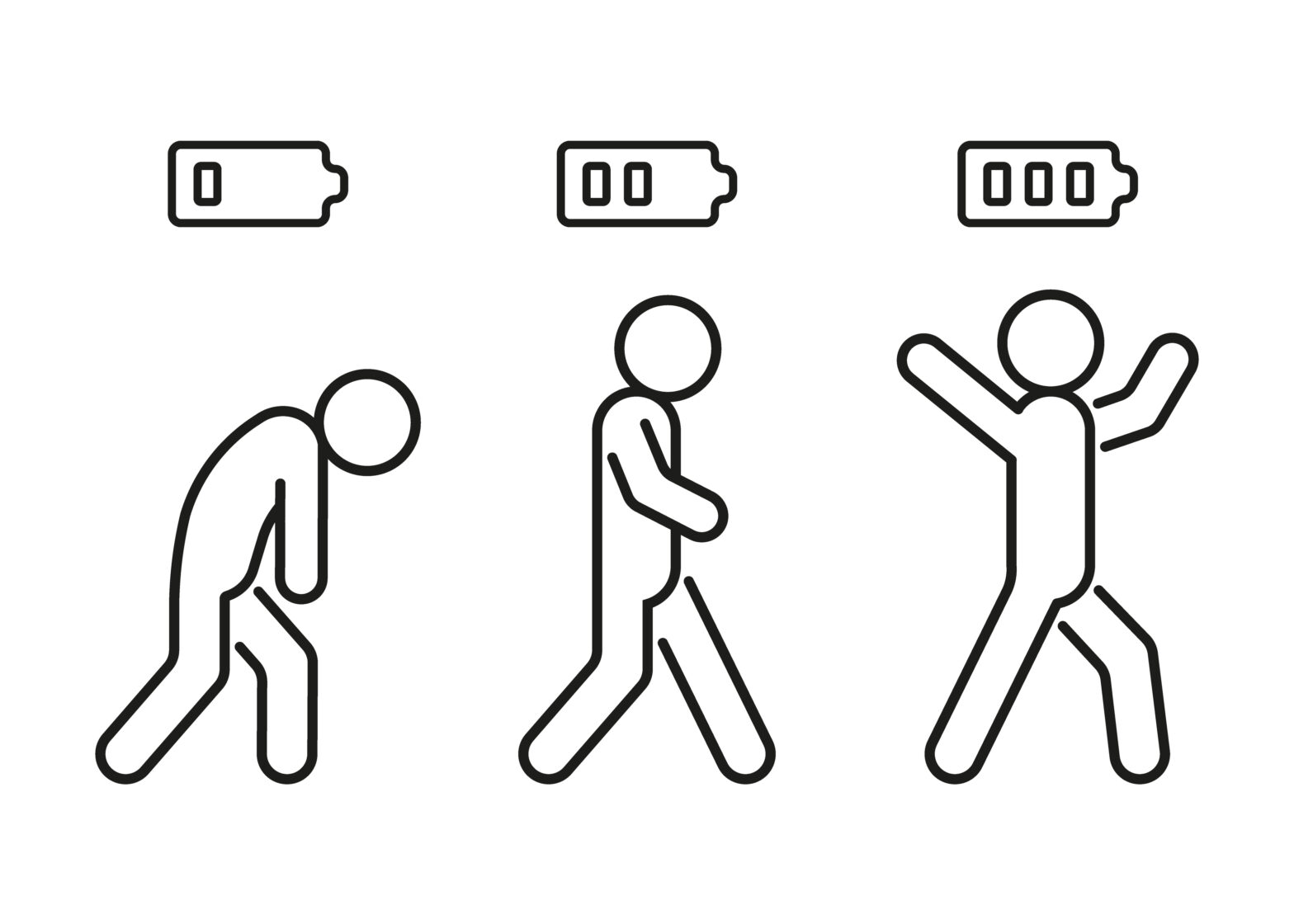Are You a Pond?

Picture being outside on a really hot, dry day and you’re really thirsty.
The good news is that I can offer you a nice tall glass of ice-cold water.
The bad news is, I got the water from a local pond.
Despite how thirsty you are, will you still take a drink?
Probably not.
Why?
Pond water is gross. It’s full of slime and bacteria. It doesn’t move, so bad stuff grows and thrives in it.
What if that water was from a local spring?
Sounds better, right?
Spring water is kinetic. It’s always flowing and moving, so it’s clean and clear.
The truth is, your brain and body respond to movement a lot like water does.
Think about how you feel after sitting at your desk, on your couch, or in your car for a long time.
What happens to your energy, your mood, and your ability to focus as time goes on? You probably feel a lot like a pond, right?
Your brain and body are essentially kinetic machines that rely on movement to get the good stuff to your cells and the bad stuff out.
When you move, even for a short period of time, you increase blood circulation, moving more blood to your brain and body.
Your blood contains important ingredients for energy and focus, namely glucose from the food you eat and oxygen from the air you breathe. When you increase blood circulation, even for a short time, you increase the supply of glucose and oxygen to the energy producing engines in your cells, called mitochondria.
When these engines get the supply of fuel they need, they work the way they’re supposed to.
In addition, when you do anything that causes significant muscles contractions (AKA, MOVE!) specialized cells within your muscles release peptides called “myokines”. These play a role in everything from controlling inflammation to regulating metabolism.
In short, when your muscles contract and release myokines, your brain and body like it a lot.
As you can see, there’s a variety of reasons why you feel and perform better when you chose to be a bubbling spring instead of a stagnant pond.
According to the Centers for Disease Control however, the average American is completely inactive 11 hours per day, independent of sleep. That means for 11 hours, our circulation isn’t getting adequate oxygen and glucose throughout our brains and bodies. Myokines aren’t released at a significant enough rate for good stuff to happen either.
The short-term impact of this inactivity leaves you feeling stiff, mentally foggy, and pond-like. It’s difficult for your brain and body to perform, or even recover when you feel like this.
The long-term impact of this amount of inactivity is even more dire. The average American that is inactive 11 hours a day has a 40% increased risk for morbidity (which is disease) and mortality (which is death).
This 40% is similar to the risk relationship between smoking and lung cancer.
From a statistical standpoint, sitting is the new smoking.
The solution?
MOVE!
I’m not even talking about exercise, (although it can single handedly take how you feel and perform to another level).
Just by standing up from your desk when you’re on calls, going for a short (5ish minutes) walk before a meeting, or anything else that transitions you from a stagnant pond to a kinetic spring can improve every aspect of how you feel and perform.
Be a bubbling, moving spring, don’t be a pond!


